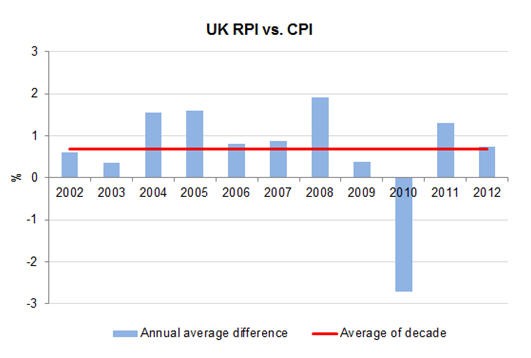Inflation Protection for Your Portfolio
Post on: 10 Июль, 2015 No Comment

Steps to take to make sure your investments don’t take a hit as prices rise
Journal Report
More in Wealth Management
If you look back, inflation comes as a surprise, says Harold Evensky, president of Evensky & Katz LLC, a Coral Gables, Fla. adviser overseeing $850 million in assets. You have to be prepared all the time, even if it doesn’t seem necessary. Mr. Evensky points to the danger that at some point higher inflation rates could be sparked by the flood of money being pumped into economies around the world by central banks in their effort to spur growth.
But even if inflation stays around current levels, that’s no reason to be complacent, says Michael Kitces. research director at Pinnacle Advisory Group in Columbia, Md. It’s not just an issue of high inflation, he says. Even low inflation adds up to a very material pressure on our ability to afford our goals in the long term.
Most bonds pay a fixed amount of interest per year until maturity, which means the purchasing power of those payments is eroded by inflation.
ENLARGE
That’s why many advisers recommend that investors allocate a portion of their portfolio to Treasury inflation-protected securities, or TIPS. These bonds, issued by the federal government, have payments that are directly linked to the Consumer Price Index. If inflation rises, payments rise as well.
There is a downside. The bad news is that they provide virtually no return above inflation, Mr. Kitces says. So some other investments may do more to boost your portfolio. But TIPS ensure that you won’t lose ground to inflation with the money you put in them, which you will if you’re investing in [traditional] bonds, he says.
Many investors include annuities in their portfolios because they provide a steady stream of income throughout retirement. If you buy an inflation-protected annuity, those payments are adjusted for the cost of living.
That doesn’t mean investors should buy only inflation-protected annuities, though, because annuities that aren’t adjusted for inflation start out paying roughly 50% more than those that are inflation adjusted, says Wade Pfau, a professor of retirement income at the American College of Financial Services.
Even without any dramatic increase in the inflation rate over the rest of your life, it may pay to invest in inflation-adjusted annuities, depending on how long you live. After enough years pass, the real value of the income provided by non-inflation-adjusted annuities can decline dramatically, Mr. Pfau says. For example, with 3% inflation, the real value of a fixed income amount will decline by half in about 23 years.
Stocks Hold Their Own
Stock prices can be volatile in times of high inflation, driving many investors to search for more-stable alternatives. But equities are a great long-term hedge against inflation, says Mark Balasa, chief investment officer at Itasca, Ill.-based Balasa Dinverno Foltz LLC, an independent wealth manager overseeing about $2.5 billion.
Corporations can raise their product prices, which keeps their profit margins up in inflationary times, he says. This keeps equity prices ahead of inflation. So there is a real return.
Because of the volatility issue, though, this way of thinking about stocks applies only for those with an eye on the long term, Mr. Balasa says.
Real-estate prices tend to rise along with the Consumer Price Index. Indeed, stocks and real estate are the only two asset classes that have consistently beaten inflation over the long term in the U.S. says Mr. Balasa.
However, there are drawbacks. Mr. Balasa suggests not having more than 5% to 10% of a portfolio invested in real estate, because of liquidity and volatility. Direct real-estate investments are too big and illiquid for most investors, he says, so most people invest through real-estate investment trusts. That takes care of the liquidity issue, but REITs can be volatile since their prices track the stock market more than they do the real-estate market, he says.
Mr. Balasa points out that for many people their home is one of their biggest assets, and says that while he doesn’t count a home as part of his clients’ investment portfolios, it does offer inflation protection. In addition to boosting the value of most homes over time, inflation makes mortgages less expensive in real terms.
Mr. Espinoza is a London-based reporter for The Wall Street Journal Europe. Email him at javier.espinoza@wsj.com .














